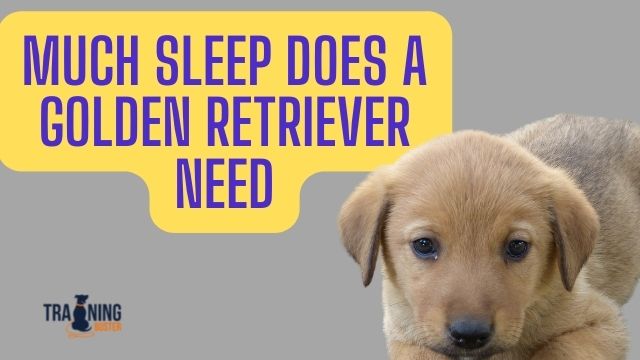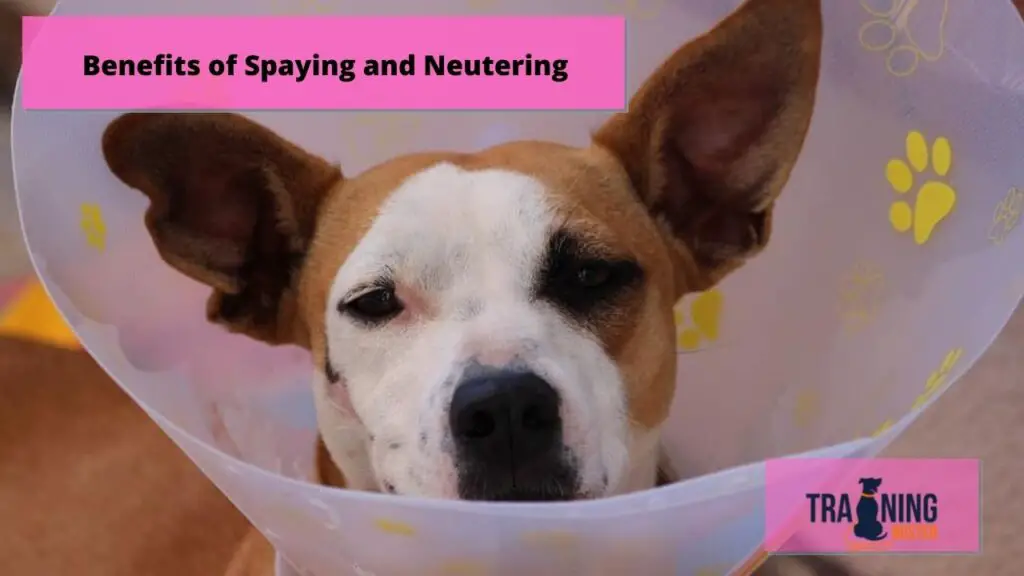Updated 05/01/2023
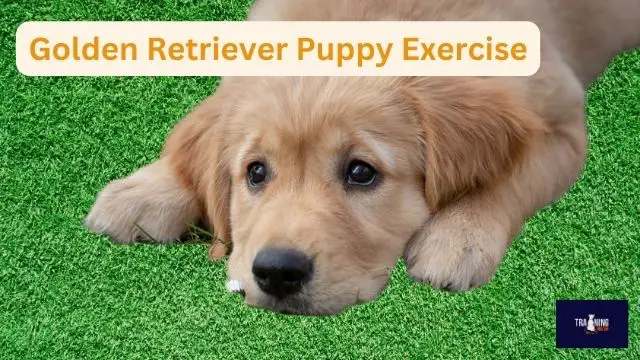
The golden retriever is an agile, hardy, intelligent breed that loves to romp around all day, with nothing preventing this large dog from doing so.
But when a golden retriever puppy is still growing, how much exercise is too much? In our post, we’ll answer the question “How long should I exercise my golden retriever?”:
Why You Should Exercise Your Golden Retriever puppy
Exercising your Golden Retriever puppy is important for multiple reasons. First, exercise helps to keep your puppy healthy, both physically and mentally. Regular exercise helps to keep your puppy’s muscles and joints strong and can help reduce the risk of obesity.
Exercise can also help to reduce boredom and anxiety in puppies, helping to prevent destructive behaviors like chewing and digging. Exercise also helps to increase your puppy’s socialization skills by introducing them to new environments and new people.
Finally, exercise can help your puppy learn basic obedience commands, such as ‘sit’, ‘come’, and ‘stay’. By introducing these commands during playtime, you will be able to reinforce positive behaviors.
How many minutes of exercise do they need?
Most sources say that a golden retriever puppy requires 60 minutes of exercise, max.
Their body is still developing – very rapidly, as a large dog breed – so all exercise and play with a golden retriever has to be very gentle, because there is a risk of damaging your golden retriever puppy’s joints irreversibly.
Also, did you know that large breed dogs like the golden retriever mature more slowly than small dogs? This means that your golden retriever is regarded as being a puppy right up until they are 24 months of age.
However, some vets say that it’s perfectly fine to increase a puppy’s daily exercise by 5 minutes for each month of their age.
Anyway, it’s not just walking. There are all sorts of different exercises you can do with them.
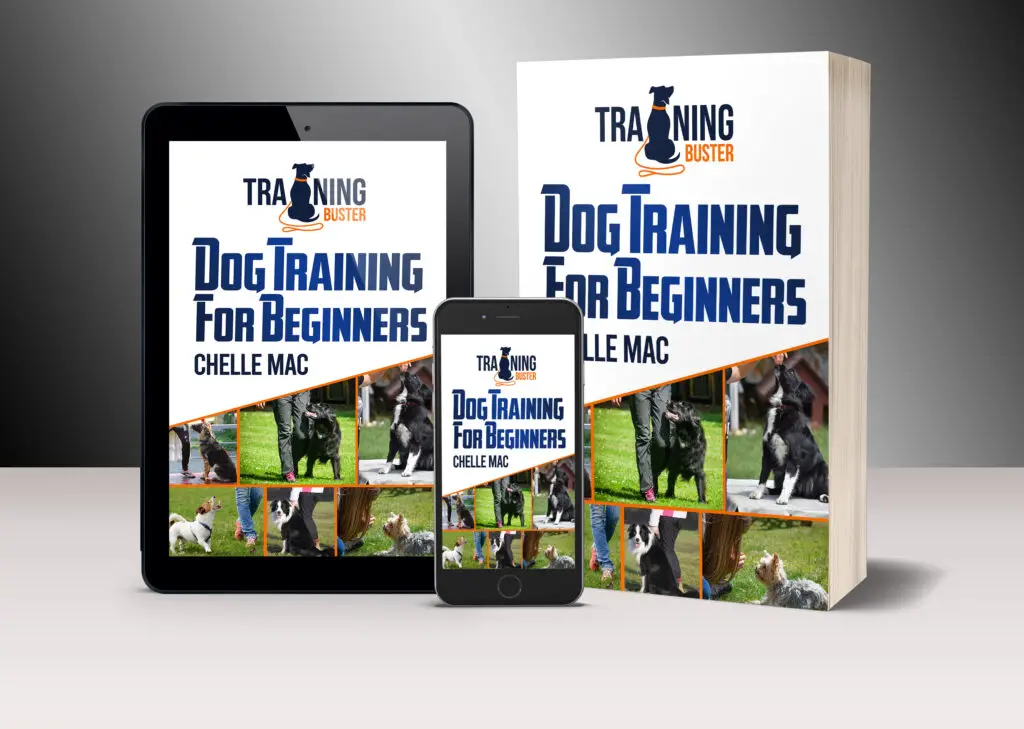
What kind of exercise do Golden Retrievers need?
Though your energetic golden retriever puppy is probably bouncing around by your side from the first thing in the morning to the last thing at night – especially when anyone so much as brushes again their lead – your golden retriever puppy really only needs a couple of short walks a day.
Even if they always seem to be asking for more. If you like. You can play with them at this stage in their development as well, but avoid highly strenuous and high-impact games like frisbee and long-distance fetch.
However, teaching them the basics of how to play games like fetch and tug of war will help the two of you bond together, and will set them up with the obedience and knowledge they’ll need to play later in their life.
But bear in mind that this playtime needs to count towards their daily total for exercise. Also, many owners say that their golden retriever’s absolute favourite form of exercise is swimming.
Though your golden retriever puppy is an individual, and the act of swimming may take some getting used to, the low-impact, high-intensity exercise that swimming brings is perfect for young, developing large breed dogs like the golden retriever, whose growing hips will get a great workout while being protected from damage by the water.
Should I walk my golden retriever puppy?
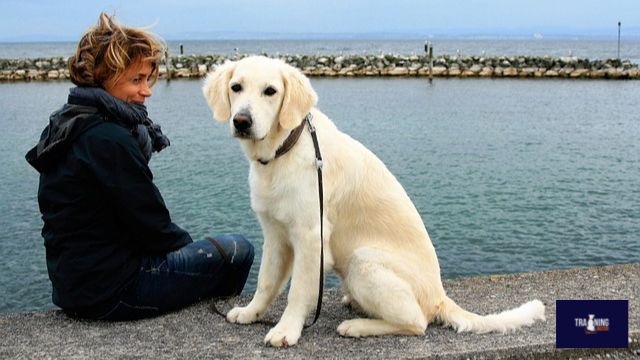
Definitely yes – taking a puppy for a short walk in a somewhat busy, canine-centric area gives your golden retriever an important chance to socialize with lots of other dogs and observe proper canine manners.
There are many important developmental windows in puppyhood that need to be complemented by experiencing certain things before your puppy grows up and misses the chance to develop these skills.
Walking your golden retriever also gives the pair of you a chance to practice obedience skills, like healing, where your puppy learns to walk by your side without pulling you. As previously mentioned, this gives you a chance to bond, too.
Just don’t walk them for too long. Walk slowly, even if your golden retriever puppy wants to run, and be prepared to stop several times along the way. Though they’re still just a puppy, it isn’t surprising for a golden retriever to pull at this age. You may even prefer to use a harness so that it is easier for them to breathe.
Here are a few of our favourite leads and harnesses suitable for a golden retriever puppy:
Where should you exercise your dog?
Where do you like to walk and play with your golden retriever puppy? Do you take them out in the street, and walk on concrete? Or go to a grassy area?
You’ve probably heard all about the dangers of hot concrete for dogs’ paws in summer months – dogs have ended up with pretty bad burns from this. If you must walk your golden retriever puppy on concrete, walk them very early or late in the day.
But if you really must walk your golden retriever puppy on hot concrete at some point, there is a myriad of summer shoes and boots out there that will help your golden retriever puppy to be a lot more comfortable in the summer. Here are a few of our favorites:
After all this, you’d think that it should be much safer to go for a long walk on concrete surfaces during the other seasons of the year, right?
But later on, in the fall, thorns, twigs, and other debris can get caught in cracks in the pavement, injuring and sticking in your golden retriever puppy’s paws. And in winter, salt can burn, too.
Well then, surely grassy areas are safer? Yes, the grass is softer underfoot for your puppy. But longer grass may hide ticks.
Using a flea & tick collar or applying an anti-tick spray before a day at the woods or park may prevent your golden retriever puppy from getting bitten, but neither will work 100%, so don’t spend too long in areas with long grass.
The biggest risk with grass that is freshly mown is that you’ll bring home a green-legged puppy.
swimming with your puppy
When swimming with your puppy, it is important to take special precautions. Make sure that the water is shallow and calm, and that your pup is wearing a life jacket.
Also, make sure that your pup is comfortable in the water before allowing him to swim.
Puppy swimming tips
- Introduce your pup to the water gradually. Start with shallow water and let your pup become accustomed to the feel of the water.
- Make sure your pup is wearing a life jacket. This will help ensure that he stays afloat and safe.
- Take frequent breaks. Don’t allow your pup to stay in the water for too long, and make sure he has breaks to rest.
- Monitor your pup closely. Keep an eye on your pup at all times and make sure he is comfortable and safe.
- Keep your pup hydrated. Make sure to offer your pup plenty of fresh water after swimming to replace lost fluids.
- Don’t push your pup too hard. Make sure that your pup is having fun and not getting overwhelmed or tired.
How much is too much exercise for a golden retriever puppy?
When walking or playing together, keep a close eye on your golden retriever puppy. If they are panting, it is probably time to stop, before your golden retriever puppy flops down on the ground.
Your golden retriever puppy is an individual. As the two of you get to know each other, you will notice their idiosyncratic signs that indicate they are tiring. As above, they may just flop down on the ground behind you, or sit down and stop walking.
But even if your retriever is this idiosyncratic, it is a great idea to keep track of how far you’ve walked or how long you’ve played together, using a watch or smartwatch.
Even if you get wrapped up in the fun you’re having together, an alarm or pedometer will let you know that it’s now time to relax, without you having to worry about trying to keep track of things.
Mentally Stimulating Toys for your golden retriever puppy
- Treat Dispensing Puzzle Toys: These toys are great for providing mental stimulation and allowing your pup to practice problem-solving skills. Try this one
- Snuffle Mats: These mats are great for stimulating your pup’s sense of smell and providing mental stimulation. AWOOF Pet Snuffle Mat
- Interactive Toys: These are toys that can be filled with treats and require your pup to work to get the treats out.
- Hide and Seek Toys: These toys require your pup to use its nose to search for treats and toys that are hidden around the house. Interactive Hide and Seek Dog Puzzle
- Agility Equipment: Setting up an agility course in your backyard will help to provide your pup with mental stimulation. Deluxe Dog Agility Training Equipment Set
- Food Puzzles: These puzzles require your pup to use their brains and paws to move around pieces to get at the food inside.
- Kongs: These classic toys are great for providing mental stimulation. Fill them with treats and watch them work hard to get the treats out. Find it here
For more about Golden Retrievers see my other articles below
- Can my Golden Retriever sleep outside?
- Do Golden Retrievers Get Along With Small Dogs?
- Do Golden Retrievers Have Separation Anxiety?
- Do Golden Retrievers Get Darker As They Get Older
- How to protect a golden retriever’s paws in summer
- How Much Sleep Does a Golden Retriever Need a Day
By Michelle McDaid.

